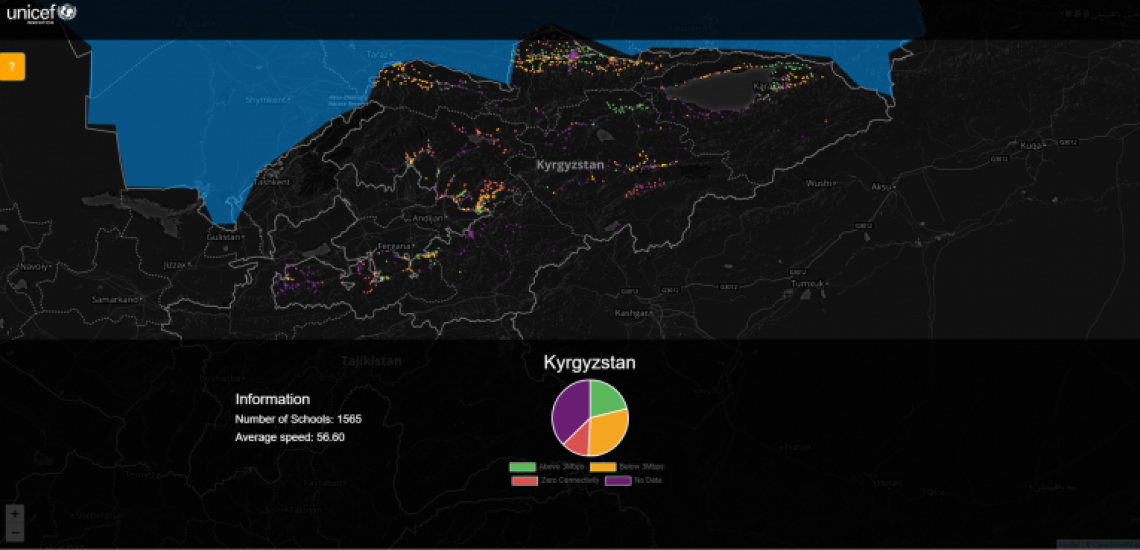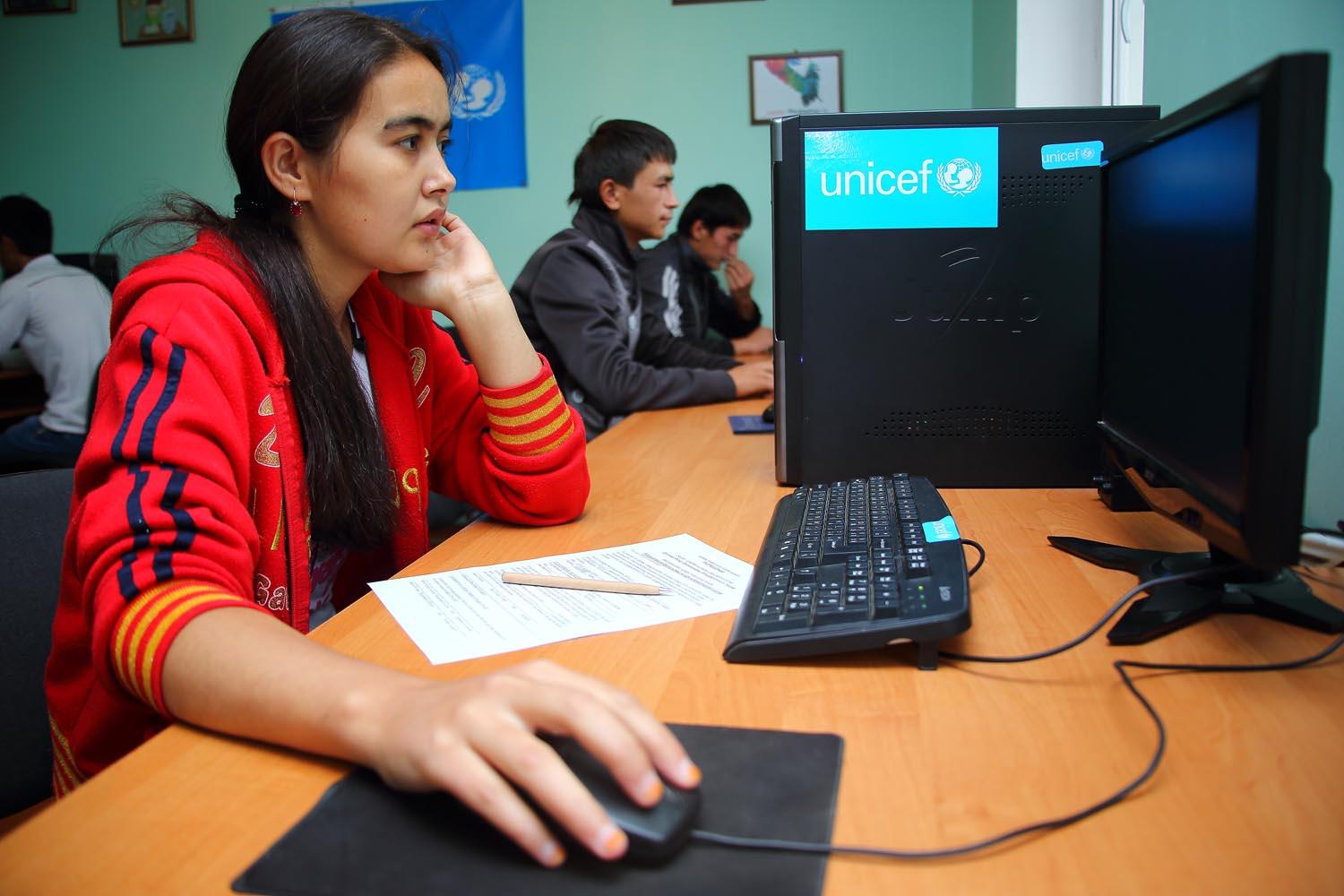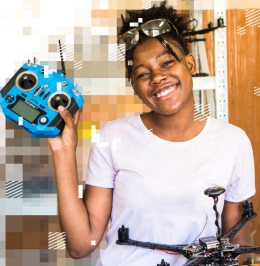According to the Ministry of Education, there are 2137 public schools in Kyrgyzstan; 1446 of them have connectivity to the Internet, and 691 have no Internet connectivity. The real-time mapping of all schools helped the government identify unconnected schools and increase Internet connectivity up to 84 percent of schools. While 307 schools are in the pipeline to be connected by the National KyrgyzTelecom company, 35 schools were accessed as the most difficult to connect with fiber Internet connection due to their geographic location.

The “School Connectivity map” is available online and includes all schools in the country – it means that users can access information about the location of schools, number of schools, and their Internet.
connectivity. The project significantly improves the openness and readiness of public administration to solve pressing issues in the field of education. The visual tool helps users locate all public schools in the country, see basic information about the number of students, determine if the schools are placed in rural or urban areas, and identify the actual Internet connectivity of schools.
The map will be used further to see progress and to help technical teams (and other observers) to watch the number of connected schools in real-time. Having all schools connected to the Internet will help children gain equal access to education through online courses and modules. Additionally, the Ministry of Education will be able to monitor children at risk of dropping out and ensure the quality of education through student-level modules. The analysis from this tool is expected to help mobilize partners and resources to work together in reducing the digital divide in education. The "School connectivity map” promotes transparency in the education system and helps improve the modern digital platform of the Kyrgyz Republic.
Related Stories




